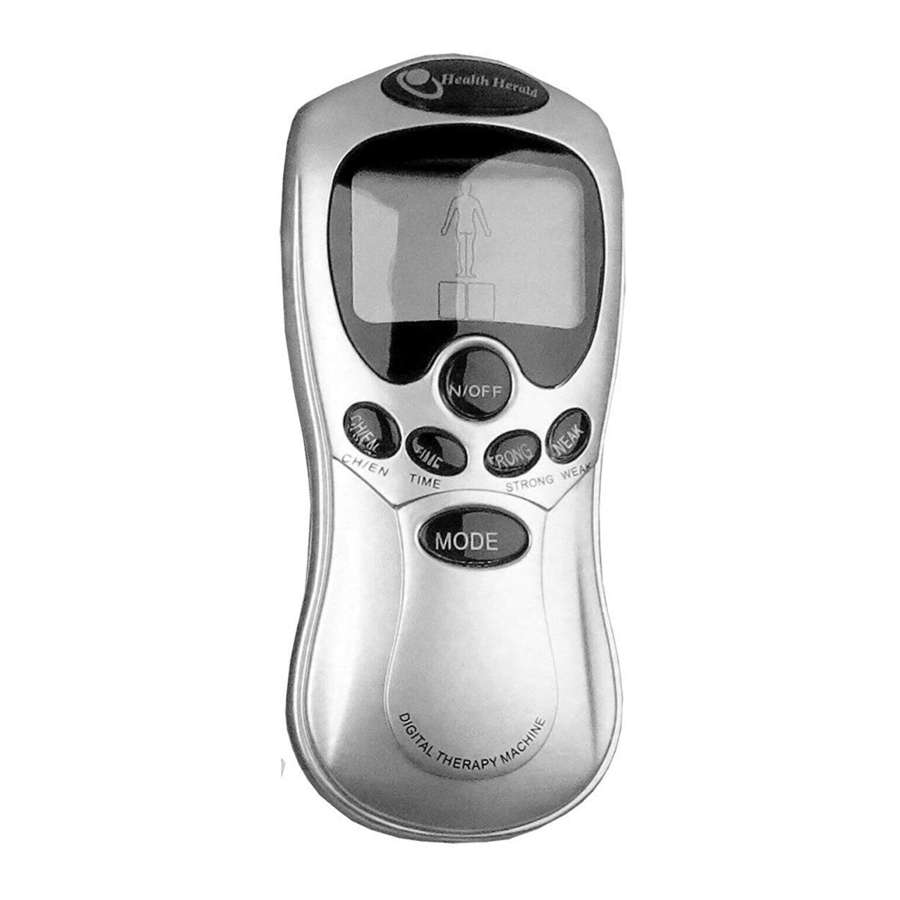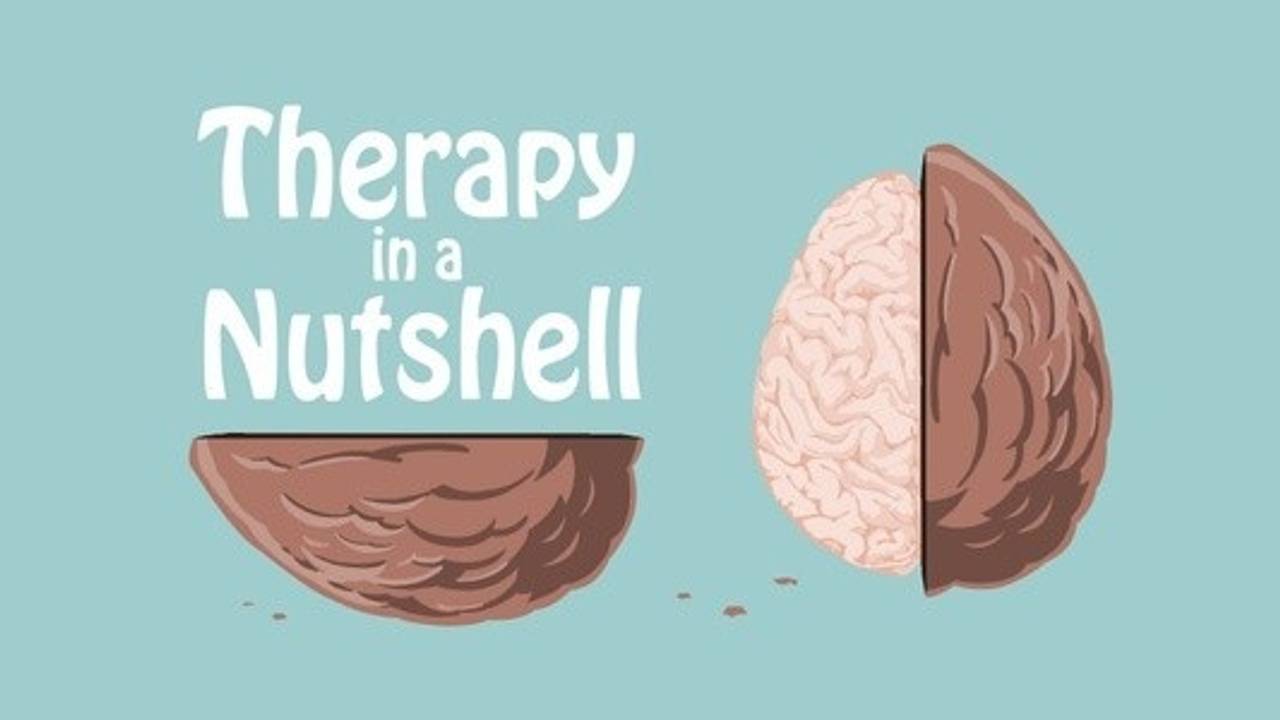Prior to the military conflicts in Iraq and Afghanistan, wars and conflicts have been characterized by such injuries as infectious diseases and catastrophic gunshot wounds. However, the signature injuries sustained by United States military personnel in these most recent conflicts are blast wounds and the psychiatric consequences to combat, particularly posttraumatic stress disorder (PTSD), which affects an estimated 13 to 20 percent of U.S. service members who have fought in Iraq or Afghanistan since 2001. PTSD is triggered by a specific traumatic event – including combat – which leads to symptoms such as persistent re-experiencing of the event; emotional numbing or avoidance of thoughts, feelings, conversations, or places associated with the trauma; and hyperarousal, such as exaggerated startle responses or difficulty concentrating.
As the U.S. reduces its military involvement in the Middle East, the Departments of Defense (DoD) and Veterans Affairs (VA) anticipate that increasing numbers of returning veterans will need PTSD services. As a result, Congress asked the DoD, in consultation with the VA, to sponsor an IOM study to assess both departments’ PTSD treatment programs and services. Treatment for Posttraumatic Stress Disorder in Military and Veteran Populations: Initial Assessment is the first of two mandated reports examines some of the available programs to prevent, diagnose, treat, and rehabilitate those who have PTSD and encourages further research that can help to improve PTSD care.
Posttraumatic stress disorder (PTSD) is one of the signature injuries of the U.S. conflicts in Afghanistan and Iraq, but it affects veterans of all eras. It is estimated that 7-20% of service members and veterans who served in Operation Enduring Freedom and Operation Iraqi Freedom may have the disorder. PTSD is characterized by a combination of mental health symptoms – re-experiencing of a traumatic event, avoidance of trauma-associated stimuli, adverse alterations in thoughts and mood, and hyperarousal – that last at least 1 month and impair functioning. PTSD can be lifelong and pervade all aspects of a service member’s or veteran’s life, including mental and physical health, family and social relationships, and employment. It is often concurrent with other health problems, such as depression, traumatic brain injury, chronic pain, substance abuse disorder, and intimate partner violence.
The Department of Defense (DoD) and the Department of Veterans Affairs (VA) provide a spectrum of programs and services to screen for, diagnose, treat for, and rehabilitate service members and veterans who have or are at risk for PTSD. The 2010 National Defense Authorization Act asked the Institute of Medicine to assess those PTSD programs and services in two phases. The Phase 1 study, Treatment for Posttraumatic Stress Disorder in Military and Veteran Populations: Initial Assessment, focused on data gathering. Treatment for Posttraumatic Stress Disorder in Military and Veteran Populations Final Assessment is the report of the second phase of the study. This report analyzes the data received in Phase 1 specifically to determine the rates of success for each program or method.
Treatment for Posttraumatic Stress Disorder in Military and Veteran Populations Final Assessment considers what a successful PTSD management system is and whether and how such a system is being implemented by DoD and VA. This includes an assessment of what care is given and to whom, how effectiveness is measured, what types of mental health care providers are available, what influences whether a service member or veteran seeks care, and what are the costs associated with that care. This report focuses on the opportunities and challenges that DoD and VA face in developing, implementing, and evaluating services and programs in the context of achieving a high-performing system to care for service members and veterans who have PTSD. The report also identifies where gaps or new emphases might be addressed to improve prevention of, screening for, diagnosis of, and treatment and rehabilitation for the disorder. The findings and recommendations of Treatment for Posttraumatic Stress Disorder in Military and Veteran Populations: Final Assessment will encourage DoD and VA to increase their efforts in moving toward a high-performing, comprehensive, integrated PTSD management strategy that addresses the needs of current and future service members, veterans, and their families.
How Common is PTSD in Veterans?
When you serve in the military, you may be exposed to different types of traumas than civilians. The war you served in may also affect your risk because of the types of trauma that were common. War zone deployment, training accidents and military sexual trauma (or, MST) may lead to PTSD. Learn how many Veterans have PTSD.
Reading time: minutes
When you are in the military, you may see combat. You may have been on missions that exposed you to horrible and life-threatening experiences. These types of events can lead to PTSD.
The number of Veterans with PTSD varies by service era:
- Operations Iraqi Freedom (OIF) and Enduring Freedom (OEF): About 11-20 out of every 100 Veterans (or between 11-20%) who served in OIF or OEF have PTSD in a given year.
- Gulf War (Desert Storm): About 12 out of every 100 Gulf War Veterans (or 12%) have PTSD in a given year.
- Vietnam War: About 15 out of every 100 Vietnam Veterans (or 15%) were currently diagnosed with PTSD at the time of the most recent study in the late 1980s, the National Vietnam Veterans Readjustment Study (NVVRS). It is estimated that about 30 out of every 100 (or 30%) of Vietnam Veterans have had PTSD in their lifetime.
Other factors in a combat situation can add more stress to an already stressful situation. This may contribute to PTSD and other mental health problems. These factors include what you do in the war, the politics around the war, where the war is fought, and the type of enemy you face.
Another cause of PTSD in the military can be military sexual trauma (MST). This is any sexual harassment or sexual assault that occurs while you are in the military. MST can happen to both men and women and can occur during peacetime, training, or war.
Among Veterans who use VA health care, about:
- 23 out of 100 women (or 23%) reported sexual assault when in the military.
- 55 out of 100 women (or 55%) and 38 out of 100 men (or 38%) have experienced sexual harassment when in the military.
There are many more male Veterans than there are female Veterans. So, even though military sexual trauma is more common in women Veterans, over half of all Veterans with military sexual trauma are men.


